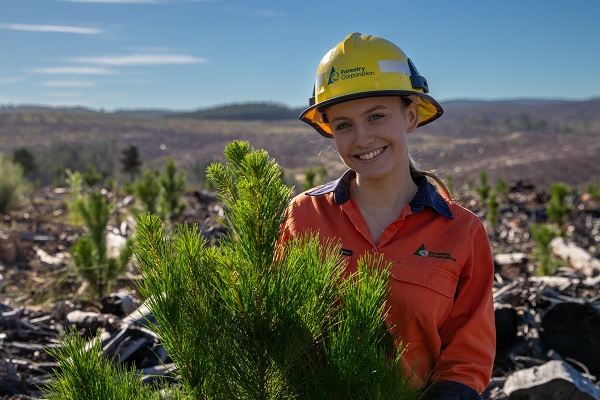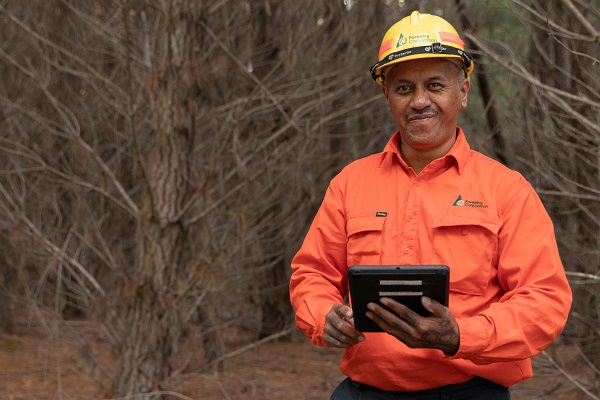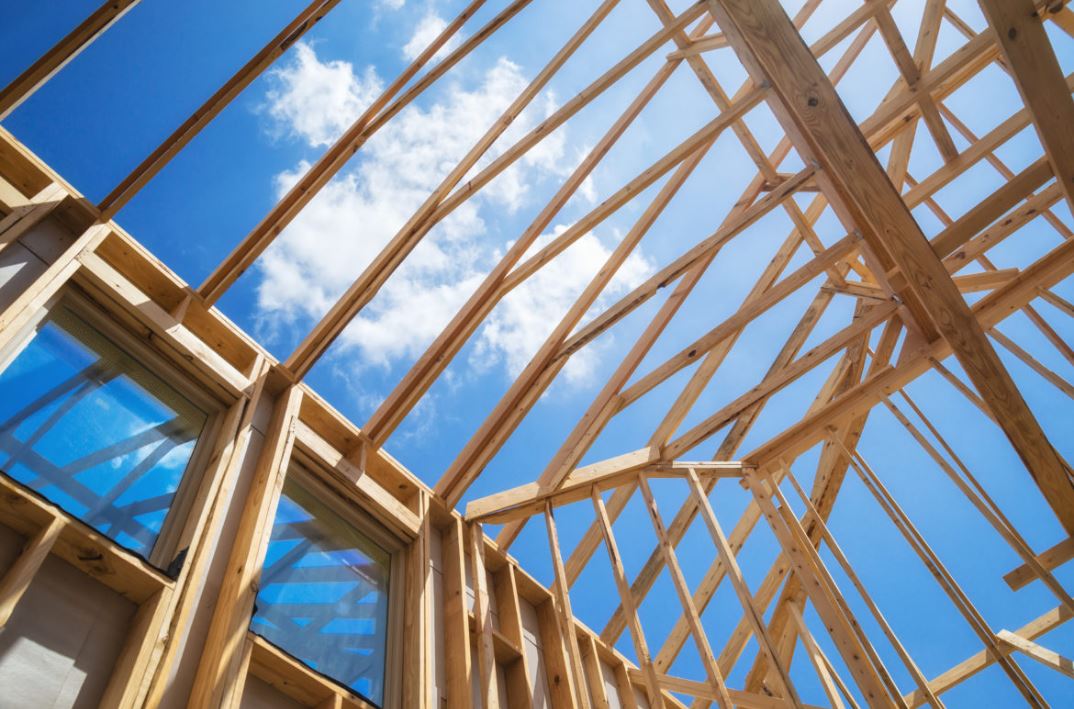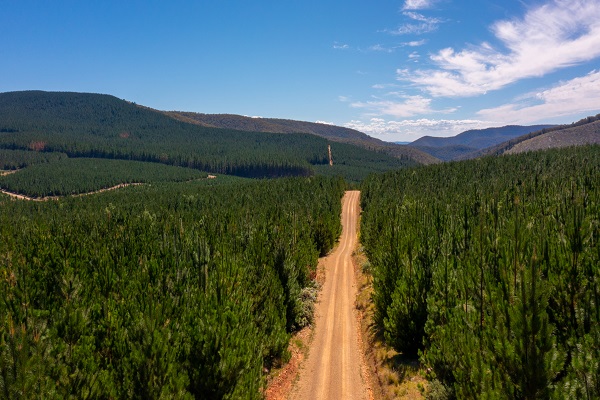
Softwood plantation trees
Our softwood timber plantations are mainly radiata pine, a north American species, with some southern and hoop pine. We grow millions of seedlings each year in our nurseries in Tumut and Grafton.
We manage around 230,000 hectares of softwood plantations, making us the largest manager of softwood timber plantations in NSW.

Our softwood timber plantations are mainly radiata pine, a north American species, with some southern and hoop pine. We grow millions of seedlings each year in our nurseries in Tumut and Grafton.

Pine trees are grown for 30-40 years before the entire plantation is harvested and replanted. We replant more than 10 million seedlings a year covering an area equivalent to 14,000 football fields.

Timber from softwood plantations builds new homes. We grow enough to build more than 40,000 new homes each year - that's the equivalent of all the homes in Bathurst, Orange and Oberon combined.
Every year, we select seeds from specialist tree breeders and sow them in its custom-built nurseries in Tumut and Grafton, where they are nurtured for around seven months. In winter, we dispatch more than 10 million seedlings to plant an area equivalent to 14,000 football fields and re-establish the plantations that we harvested the year before.
Pine seedlings are planted during winter because they are dormant during the cooler months, which means they can be transported more easily and planted in the ground in time for their spring growth period.
Once planted, plantations will rapidly regrow a forest. About 15 years after planting, some of the smaller and weaker trees may be removed or ‘thinned’ to allow the remaining trees more space, light and water to grow.
The smaller, younger trees usually produce pulpwood, which is processed to make items such as paper products and particleboard, while the stronger trees grow on to produce high quality structural products like house frames.
Around 30-40 years after planting, the trees are ready to harvest. The typical radiata pine tree grows up to 35 metres tall and half a metre across at chest height when harvested.
Timber from softwood plantations is mainly used to build house frames, but each tree can produce a wide range of products.
Plantations are established on the same land again and again and every time a tree is harvested from a State forest pine plantation, another tree is planted in its place.
Before replanting, we prepare the site using fire and/or heavy machinery to remove debris from the last harvest and cultivate the ground. We also apply pesticides to remove weeds and give the seedlings the best chance of survival.
We replant around 1000 seedlings in every hectare, ensuring we continue to grow timber and wood products for the next generation.

Our softwood plantations are near Oberon, Bathurst and Orange, Tumut and Tumbarumba, Walcha and Nundle, Grafton, and Bombala.
State forests are free to visit, but plantations may be closed during operations and campfire restrictions may apply so check for closures and notices and plan your trip.

Timber from softwood plantations is used to build house frames. It takes about six mature radiata pine trees to make one timber house frame.
Each tree can produce a range of products from timber panels for kitchen cupboards and benchtops, to engineered timber products, to cardboard and paper.

We are exploring opportunities for wind farms to be built in pine plantations near Black Springs, Sunny Corner, Bondo and Orange.
Renewable energy companies have started carrying out investigations and community consultation, with planning expected to take several years.